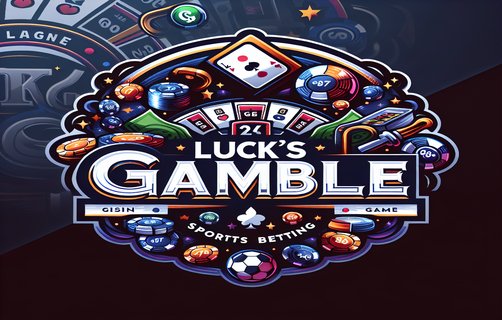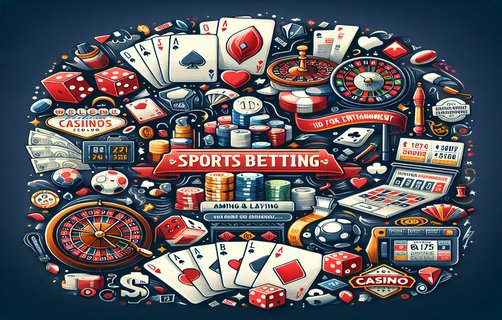The Economics of Gaming: An Analysis of Gambling Trends and Theories
The realm of gaming, particularly when viewed through the lens of economic theory, unveils a complex interplay of elements ranging from player behavior to the impacts of legislative changes. In this analysis, we delve into several critical aspects of gaming such as 5-reel slots, playing against tight players, gambling legalization, virtual tennis, user ratings, gambling-related bankruptcies, and tournament leaderboards. By examining these factors through various economic lenses, we can gain deeper insights into the evolving landscape of gambling and gaming.
5-reel slots represent one of the most ubiquitous forms of gambling found in casinos today. Their appeal can be partly attributed to the psychological phenomenon known as the 'near-miss effect'. In outputs derived from these slot machines, players often experience a feeling akin to winning even when they don’t. Economically, this can lead to increased investments of time and money as players irrationally chase losses, a behavior rooted in prospect theory. The utility of participating often outweighs the actual expected returns, thus reinforcing the cycle of consumption within this market.
When players engage with tight players—those who play conservatively and take fewer risks—the dynamics of gambling shift significantly. Tight players tend to create a tighter betting environment. Analyzing this situation from game theory, we can categorize these players as being on the defensive end of the spectrum. Tight players can lead to a more challenging experience for their opponents, compelling them to adapt and often take more risks to capitalize on the tight player’s predictability.
Another vital factor is the legalization of gambling. The economic implications of gambling legalization are profound. By integrating gambling into formal economies, governments can benefit from tax revenues, create jobs, and boost local economies through tourism. However, it also leads to the need for regulatory frameworks to prevent excesses such as gambling addiction and related bankruptcies. Therefore, it is essential to consider the duality of gambling legalization: it can lead to growth and prosperity, but it also carries social responsibilities and potential economic liabilities.
Virtual tennis serves as a fascinating case study of how technology has revolutionized traditional gaming frameworks. With the growth of virtual sports, participants now engage in simulations that replace physical play. From an economic perspective, virtual sports provide a unique opportunity for gamblers, but the challenges lie in the perceptions of fairness and randomness. The potential for algorithm manipulation exists in these digital forums, raising questions about regulatory oversight and market efficiency. Thus, virtual tennis stands at the intersection of technology, ethics, and economic philosophy.
User ratings in the context of gambling platforms play a vital role in influencing participant behavior and choices. From an economic standpoint, these ratings serve as a proxy for trust and stability within the marketplace. High user ratings often correlate with increased participation rates, reflecting a network effect where heightened perceived reliability fuels further engagement. Conversely, low ratings signal potential risks and could lead to a rapid decrease in user participation, demonstrating how vital consumer sentiment is in this economic ecosystem.


The consequences of gambling mismanagement are starkly visible in gambling-related bankruptcies. These financial failures reveal a darker side of gaming where economic theory meets human behavior under extreme conditions. The personal gamble individuals take, often based on emotion rather than rational choice, showcases the need for better financial education and awareness in gambling behaviors. As more individuals find themselves in precarious financial situations, the socio-economic ramifications of such bankruptcies rippling through communities cannot be understated.
Finally, the emergence of tournament leaderboards has added a competitive element to gambling that mirrors traditional sports. Just as in conventional competitions, these leaderboards encourage player participation to improve rankings, fostering community engagement. Economically, this model can enhance player loyalty and encourage continuous spending, thus promoting long-term revenue growth for platforms. The principles of competition and collective participation highlight how social dynamics can influence individual economic choices.
In conclusion, the landscape of gambling and gaming is shaped by diverse factors that can be analyzed through various economic theories. Whether it be the psychological influence of slot machines or the competitive dynamics of leaderboards, understanding these components can lead to a more informed engagement with this multifaceted industry. As the field of gambling continues to evolve, so too will the need for comprehensive economic analyses to navigate the shifting tides.
